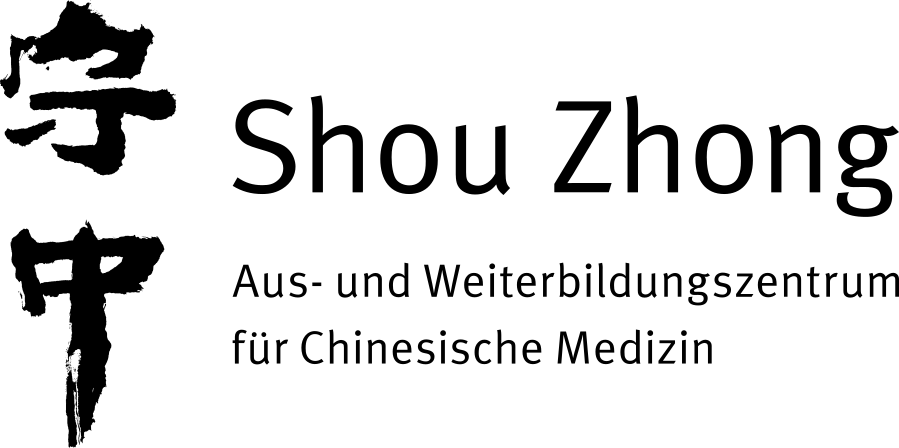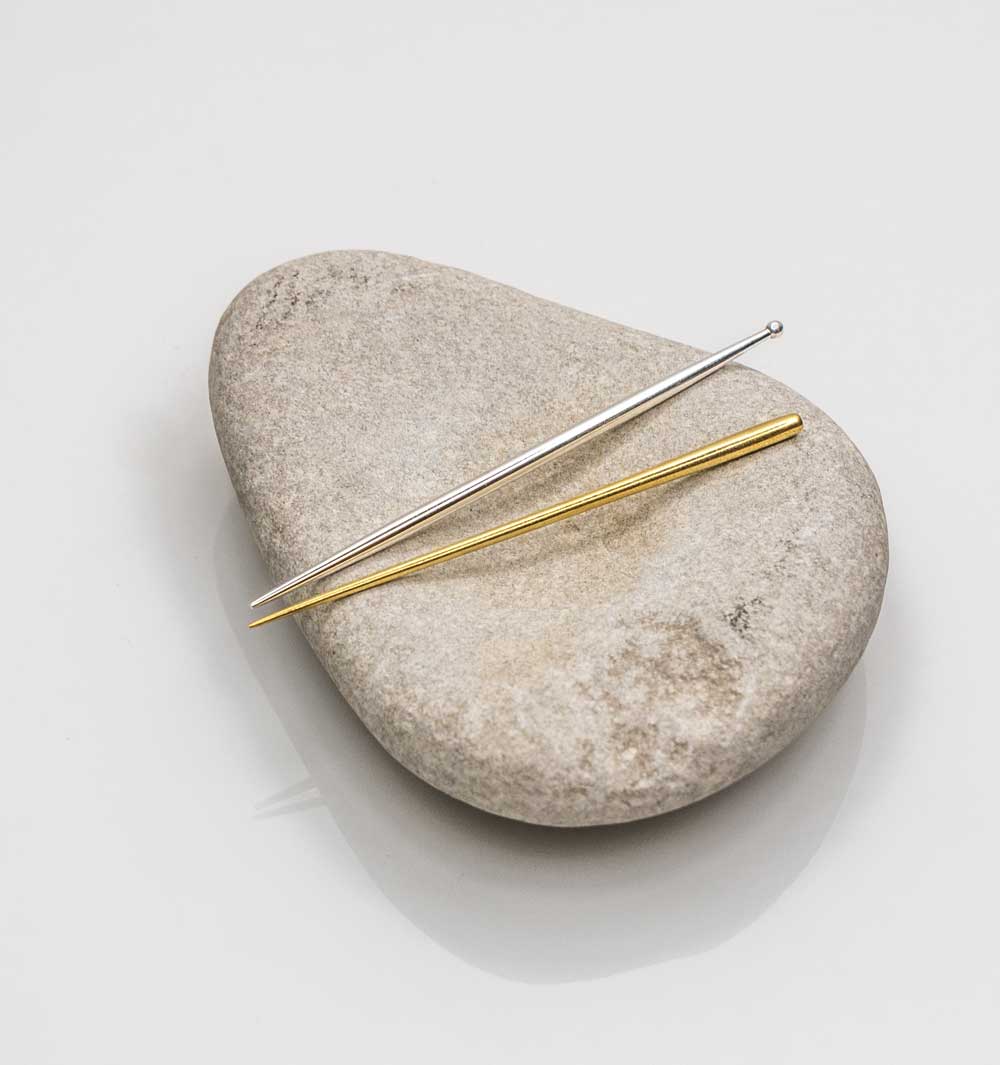
Teishin and Moxa workshop for Engaging Vitality practitioners
Rayén Antón (eng./sp.)
In our various trainings with Engaging Vitality, we have become familiar and proficient with many tools which help us have direct feedback about any needling and moxa technique we’re already practicing. And that’s truly great!
During these years of training and sharing experiences with colleagues, many times I have been asked to take a little time to give feedback or brainstorm about specifics related to the use of Teishins and Moxa – because I use them so much in my own clinical practice, and they are so in line with our respectful and attentive EV approach. I’m by no means an expert on either subject (there are many of them out there, giving regular seminars in Europe, for instance the toyohari training or Bob Quinn for non-insertive needling/teishin, and Felip Caudet for moxa), so this workshop is designed just to share with fellow Engaging Vitality practitioners the specifics that I have found most useful when blending these elements in my own clinic.
The workshop is designed to give EV practitioners an entry into how to integrate Teishin/non-insertive needling and different types of moxa using the EV listening tools to guide each intervention. For that, we need to have our EV basic training up and running, so we can take for granted basic skills as Shape of Qi (SOQ), Qi Signal Assessment (QSA), Yang Rhythm, Fluids, and so on. We don’t need to have them all mastered, but we do need a working knowledge to build on. The content of this workshop is the fruit of the observation and reflection on the mechanisms, errors, lacks and pitfalls I’ve found during the years, and the ways forward that eventually came out of that. My intention with this is to save fellow travelers the unnecessary waste of time that comes of walking a road when it has no signs yet… Of course, each one of us will find their own way to walk the road, and that’s one of the marvelous things about it.
During the workshop we’ll go over some very basic notions about teishin and non-insertive needling, and moxa. Colleagues are advised to continue investigating training options if they got deeply engaged with teishins or moxa techniques.
The outline of the workshop is as follows:
DAY 1: TEISHIN
- Introduction to Teishins, where they come from, shape, materials.
- Reviewing SOQ Needling. Revisiting the vector and field ideas.
- Understanding how SOQ can help us decide material and length of the tool. Understanding natural affinities, checking SOQ, Yang Rhythm, Fluids.
- Practicing tonification and dispersion techniques, using SOQ to track improvement and the different specifics of each technique. Using Yang Rhythm and Fluids to track improvement and when to finish the intervention.
- Practicing specific techniques to unblock movement, using SOQ, Yang Rhythm and Fluids to assess the intervention and dose. Working with Local Listening and the specific teishin techniques.
- Teishin techniques to target large areas. Using QSA to guide amount of intervention, and when to stop
- Complete treatment with teishin: is it possible? Using all our EV array of tools to understand when it is working and when it is not…
DAY 2: MOXA
There are many types of moxa, and not enough time to cover even the basics of them all in a day… so we’ll focus on 3 of them only: Okyu (direct, rice/thread moxa), Chinetsukyu (cone moxa), Moxa pole. If time allows, we’ll go over Ontake (Moxa in bamboo tube).
- Introduction to moxibustion. Affinities to Qi, Xue, Fluids. Constant vs. intermittent stimulus. Vectors and fields. Content and container.
- OKYU: Basics, affinities, main effects and indications.
- Acquiring and practicing the basic technique
- Practice: QSA and SOQ to track the intervention and know when to stop. Taking note of the effect on the Fluids, what do we mean by affinity?
- Effects of okyu on the channels, using Channel Evaluation to understand the mechanisms.
- CHINETSUKYU: basics, affinities, main effects and indications.
- Acquiring and practicing the basic technique.
- Practice: revisiting the effect of moxa cones on the SOQ. Tracking the effect on the channels, using Channel Evaluation to understand affinities.
- MOXA POLE: revisiting familiar ground. Vector and field methods.
- Practice: vector or field techniques? Using SOQ, QSA, Channel Evaluation to track and calibrate the intervention. Reality is not fixed.
Prerequisites for participants: Engaging Vitality Fundamental Course. The course language is English. Basic knowledge of English required, questions can be asked in Spanish.
Rayén Antón started her path into chinese medicine in 2002 and 4 years later she graduated as full TCM practitioner by the Fundación Europea de Medicina Tradicional China in Barcelona. After finishing the basic Acupuncture training in 2004, she continued studying various types of Japanese acupuncture with Stephen Birch learning Manaka style, Meridian Therapy, Shonishin, and graduated as Toyohari practitioner with the European Branch of Toyohari Association in 2006. In 2011 started her path with Engaging Vitality studying with Charles Chace and later with Dan Bensky, and fully integrated the Engaging Vitality approach into her practice ever since. It was right then when she also started coordinating the Engaging Vitality Spanish study groups in Barcelona. She’s been teaching EV Basic Training Module 1 since 2015, and in 2018 Charles Chace passed her the torch for Module 3 and the intermediate level class on Ba Mai and Fluids.
She started working in clinic in 2003 as part of Prof. Manuel Rodríguez’s practice and teaching assistants’ team, to what later added running her private acupuncture practice in 2010 in two districts of Barcelona city.
She has been coordinator and practitioner, as well as trainer, in acupuncture programs in refugee camps, and currently continues to keep a social clinic in Barcelona city.
Direkte Anmeldung
für den Kurs
| Date | 29./30.11.2025 |
| Teaching hours | Samstag 10:00 bis 17:00 Uhr / saturday 10 am – 5 pm Sonntag 09:00 bis 16:00 Uhr / sunday 9 am – 4 pm |
| Credits | 14 |
| Costs | 360,- Euro 288,- for AGTCM members 324,- for SBO-TCM members |


